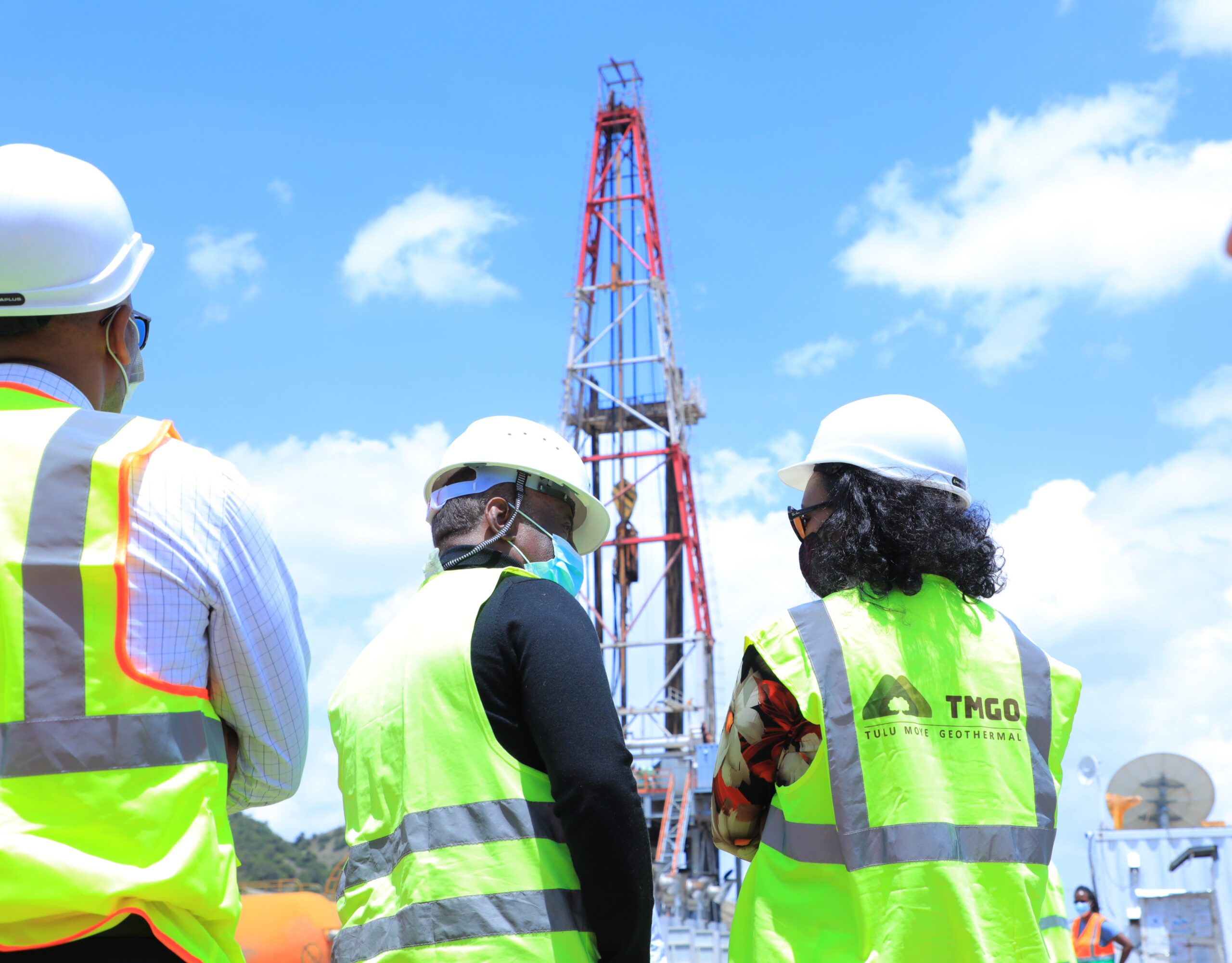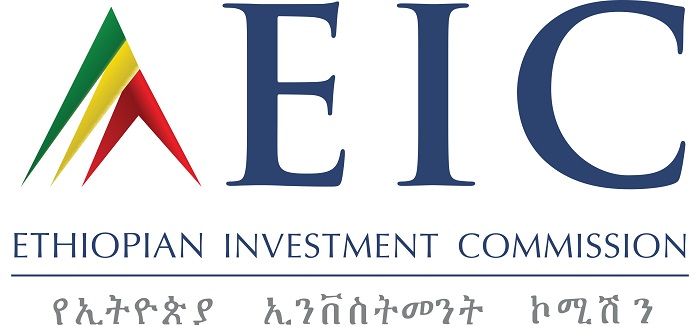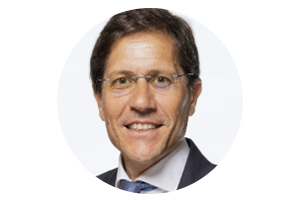Energy
The opportunity to provide electricity to a large, growing, and unserved population.
Total capacity of electric power generation in Ethiopia
Planned capacity of electric power generation by 2030
Installed capacity of electric power generation (2021)
Approximately 55% of Ethiopia´s 116 million people live without electricity. It is estimated that 13 million households lack access to electricity and rely on traditional energy sources (charcoal, fuel wood, dung cakes, and agricultural residues), which are hazardous to health and the environment. On average, per capita electricity consumption remains low at less than 100 kWh per year, far below the average 500 kWh per capita energy consumption across African countries. The largest sources of energy consumption (about 87%) in Ethiopia remain traditional fuels.
Demand for electricity is rapidly increasing in Ethiopia—by 30-35% annually. The largest expected increase is projected to come from the industrial sector, with an estimated average annual growth of 11.6% from 2012 to 2030 (from 4.4 billion kWh in 2013 to 31.4 billion kWh in 2030). The government’s bold industrialization agenda has led to the construction of over 20 industrial parks requiring over 2,500 megawatts of electricity. Other mega-projects under development include the electric-powered national railway, which covers 4,744 kilometers. In addition, Ethiopia aims to become an Eastern African Power Pool and export power to Kenya, Sudan, Tanzania and Djibouti—more than doubling electricity exports (from 2,803 GWH to 7,184 GWH) by 2030.
To address this large and growing demand, the government plans to significantly expand installed capacity. According to the 10-year Development Plan, the government, in close collaboration with the private sector, plans to grow the installed power generation capacity from 4,500 megawatts to 19,900 megawatts by 2030—while diversifying the power generation mix and building a more climate-resilient power system.
Invest in ethiopia
Paving the way for investors
Ethiopia is endowed with abundant renewable energy resources, including hydro, wind, solar and geothermal power.
The potential of hydropower and wind power generation capacity in Ethiopia is estimated to be 45 gigawatts and 1,350 gigawatts, respectively. The annual average irradiance of the country is estimated to be about 5.2 kWh/m2/day, and solar has an estimated 1,350 gigawatt generation capacity potential.
As energy is the backbone of industrial development, public investment has focused on developing the energy sector. In addition, to achieve its goal of increasing power generation capacity of Ethiopia four-fold by 2030, the government has called for the participation of the private sector. Ethiopian Electric Power (EEP) is focusing on the management of 14 hydropower and three wind power plants, substations and transmission lines in the country, while new power-generation projects are being developed through public-private partnerships (PPPs) and independent power producers (IPPs). Current notable initiatives to the right.
The government is also working with the private sector to implement the Corbetti and Tulu Moye geothermal projects. In March 2020, the government signed power purchase agreements (PPAs) and implementation agreements (IAs) with Corbetti and Tulu Moye Geothermal projects, representing a total investment of approximately $1.2 billion. This paves the way for upcoming geothermal projects and creates opportunities for IPP developers. The Ethiopian Investment Commission is ready to provide all necessary services to investors during their pre-implementation, establishment, and operation phases.

Diverse opportunities, attractive potential
Investors are invited to explore various attractive opportunities in the energy sector.
Hydropower Generation
Ethiopia is called the water tower of Africa due to the combination of mountainous areas with a comparatively large share of water resources found in the country. The country has 11 major river basins, eight of which are recognized to have hydroelectric power generation potential. Over 300 hydropower plants—both large and small (40–60 megawatts) can be installed across these basins.
Wind Energy
Ethiopia has a huge amount of wind energy potential—an estimated 5.2 kWh/m2. The geographical location, summer monsoon, tropical easterlies, and local convergence over the Red Sea have created significant windiness in the country. In addition, lakes, mountains, hills, plains and gaps in mountains present good conditions for investing in wind energy.
Geothermal Energy
Ethiopia is one of the few countries in Africa with a significant potential of geothermal energy resources. Recently, an inventory of the county’s potential geothermal resource areas across the East African Rift valley was conducted, with more than 16 locations identified for investment.
Solar Energy Development
Of the estimated 1,350 gigawatt potential of solar energy in Ethiopia, less than 1% is currently developed. This offers a significant opportunity for investors to cover off-grid areas with electricity.
Testimonials
Get In Touch
information and assistance and answer your questions

